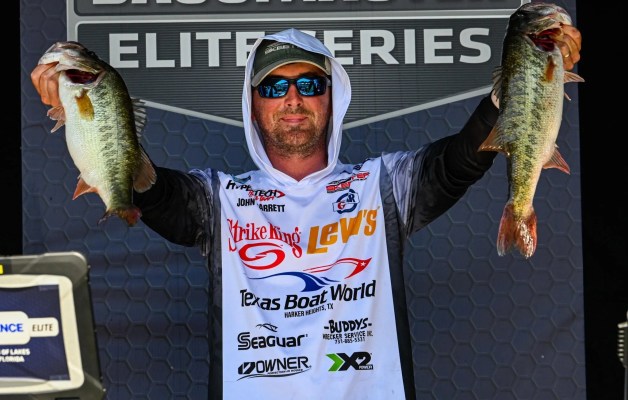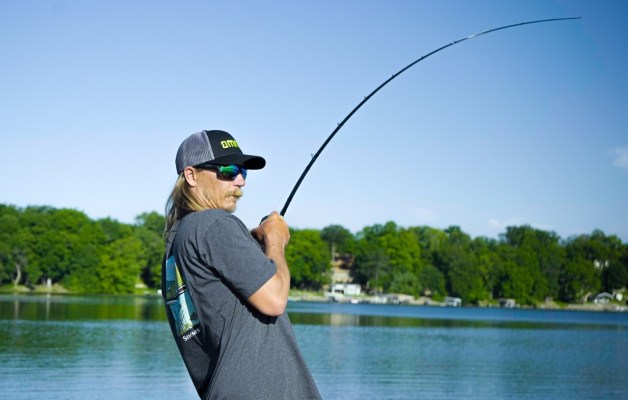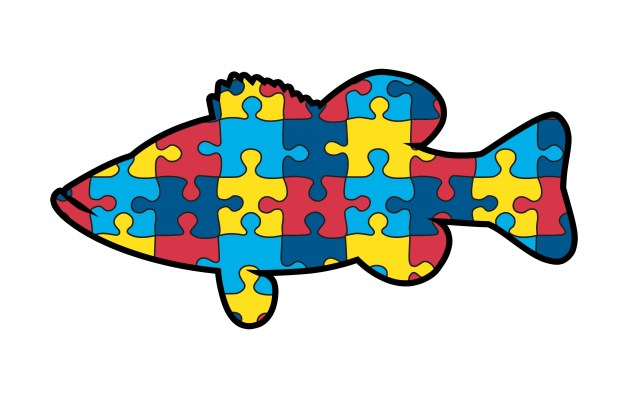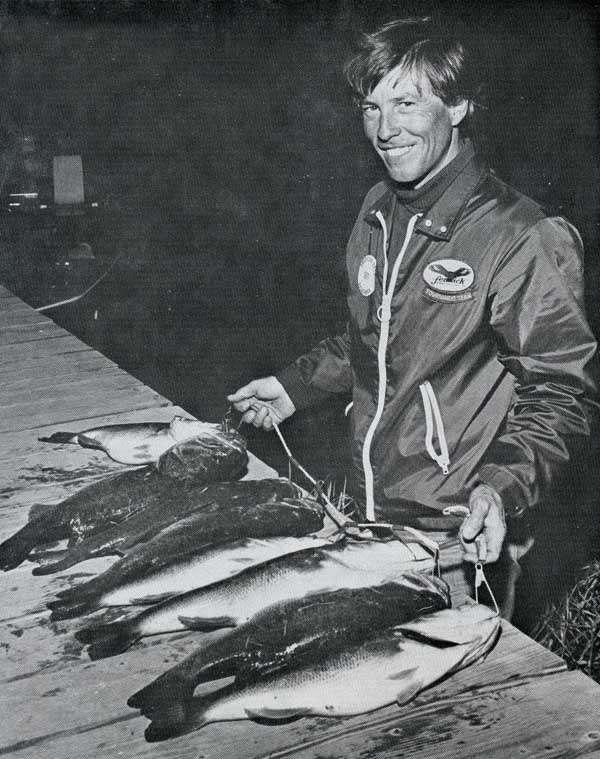
Last time, I went on and on about an ABF tournament on Lake Okeechobee in 1977 — the Hurst Open (Hurst made bass boats back in the day, in case you didn’t know). It’s a tournament that Dave Gliebe won with a three-day total of 95 pounds, 3 ounces.
You can take away a little of the wow factor by noting that there was an 8-bass daily limit in the tournament, so Gliebe racked up the total with 24 fish. Still, it’s almost a four-pound average, and that’s really good just about everywhere.
More impressively, Gliebe’s margin of victory was 42-9. That’s right. His next closest challenger (Roland Martin) tallied only 52-10 — not a bad catch certainly, but there’s a chasm between Gliebe’s performance and what Martin put together. In fact, the only reason that Martin did so well is that Gliebe showed him what he was doing during the competition.
This was back in the old pro-on-pro days (before pro-am tournaments) when everyone paid the same entry fee, competed for the same prizes and battled for the chance to fish from their own boat and go to their own fish. When Martin and Gliebe got paired, the California upstart (Gliebe) showed the Great American Fisherman (Martin) all about flippin’ and how he was handling the heavy vegetation that typifies Florida waters.
But in this installment of Bassonomics I want to talk about the whoopin’ that Gliebe put on Martin and the rest of that field. It was an impressive group, by the way. In addition to Martin, there was Paul Elias, Guy Eaker and a slew of other talent from “back in the day.” If you were trying to make a living through professional fishing back then, you were probably there. I only have a list of the anglers who finished in the top 50; there were 105 more in the tournament.
Gliebe’s win was impressive — even epic. I think the Bassmaster Elite Series could go another hundred years and almost certainly never see anything like it. Yes, the best anglers are better today than Gliebe was in 1977, and the gear is better, but the lesser anglers are better, too. As Denny Brauer once told me, “The bottom is moving up.”
That bottom is still the bottom — still the least accomplished and talented anglers in the field — but they’re a lot closer to the really good anglers than they were in 1977. Having shared boats with the very best and also with the guys who consistently donate their entry fees to the bank accounts of the very best, I can tell you that the guys on the bottom of the totem pole are often quite impressive. They cast well, they have a solid understanding of seasonal patterns, they have the latest gear, electronics, baits and tackle.
Of course something’s missing for them, but they’re a far cry better than the also-rans of a generation ago. It used to be said — in Bassmaster Magazine and lots of other publications — that 10 percent of the fishermen catch 90 percent of the fish. Today, that’s no longer true, though I once believed it and tried hard to join that 10 percent. If I were to guess, I’d say it’s 50 percent of the fishermen that are catching 90 percent of the fish now.
So I don’t think Gliebe’s 42-pound margin of victory will be equaled in my lifetime. It was the biggest gap I know of in a tournament that drew an honest-to-goodness national field.
But was that win the most dominant?
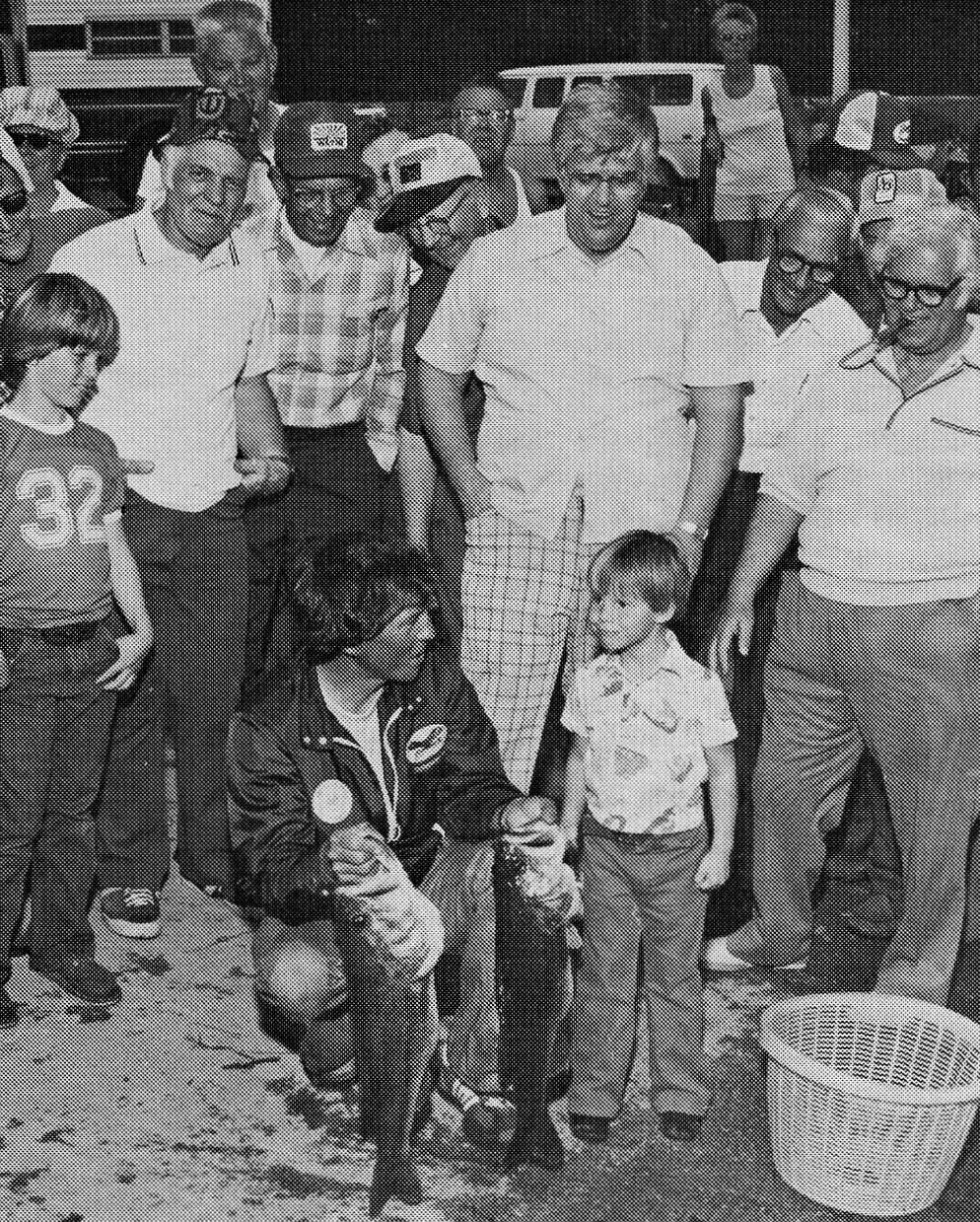
If you go by pounds and ounces, it is. But I think there’s a better way that allows you to compare events across eras and without regard to creel limits or even the number of competition days.
I call it the Beatdown Factor, and it works with today’s five-fish limits or the 15-fish limits of the late 1960s. It also works whether a tournament lasts one day or 10 … and it’s really simple to calculate.
To determine a tournament’s Beatdown Factor, just divide the winner’s total by the total of the second place angler.
There … you’re done.
The number you get will be somewhere between 1 and infinity. If the number is exactly 1, it means the tournament was a tie. In the case of Dave Gliebe at the 1977 ABF tournament on Lake Okeechobee, the number is 1.81, and that’s a very, very big number — the biggest ever, as far as I know.
To put it in perspective, Gliebe was 81 percent better than his closest challenger for those three days in Florida. That’s what 1.81 means.
Most tournaments will score between 1 and 1.10. A few will go as high as 1.20. Very rarely will you get one that scores 1.30. In B.A.S.S. history, I’ve only found one that scored 1.50 or higher, and it was a legendary performance by a legendary angler, and it will likely never be repeated. I’m still digging through the numbers in my spare time (what a life, huh?), but so far there’s only one.
I’ll tell you what it was in just a moment.
But first you may be interested to read that the biggest beatdown in an Elite event was 1.27, and it happened in a tournament that got relatively little attention and is rarely discussed today. It was the 2007 Sunshine Showdown on the Kissimmee Chain of Lakes, and Ben Matsubu was the winner. He caught a giant bass (the biggest of the tournament) in the final round when just about everyone else was struggling, and it gave him a 14-1 cushion over Brian Snowden (66-8 to 52-7). You can talk all you like about tournament dominance in the Elite era, but this objectively ranks at the top.
Mike McClelland’s 2006 win on Grand Lake ranks second in the Elite era at 1.24 and Skeet Reese’s victory at Smith Mountain Lake in 2010 is third at 1.23. No other Elite tournament scores over 1.20.
And the most impressive beatdown in B.A.S.S. history?
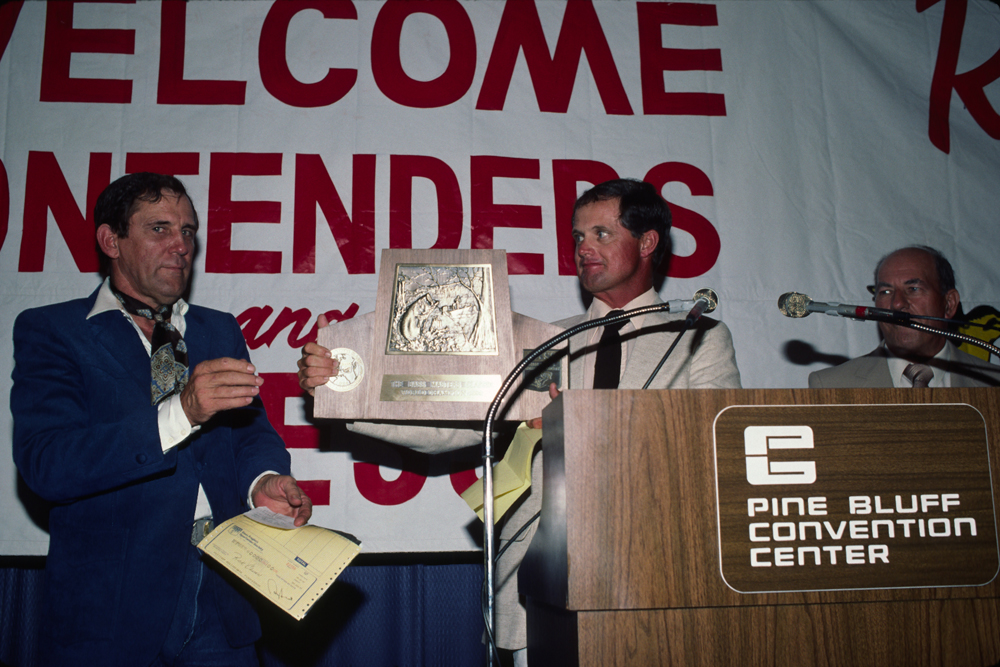
If you know your stuff — particularly your Bassmaster Classic history — you may already have guessed. It was the 1984 Classic on the Arkansas River — Rick Clunn’s third world championship title and one of the most amazing performances in bass tournament history.
What was so great about it? Let’s start with the Beatdown Factor. Clunn won with three limit catches (7 bass) weighing 75-9. Second place went to Greg South with 50-1. That’s a margin of victory of 25 pounds and an ounce and a Beatdown Factor of 1.51.
How did Clunn rack up those numbers? Well, I won’t go into his cranking technique or the terrific spot he located. Instead I’ll point out that he had the heaviest catch of any angler in the field on each of the three competition days, posting the heaviest catch of all in the final round. It’s a feat that’s never been duplicated in Classic history, and the fact that Clunn did it on the sport’s biggest stage makes it all the more impressive.
In fact, I think it’s the most impressive tournament performance in history … with all due respect to Dave Gliebe and those three days on Okeechobee almost 37 years ago.


